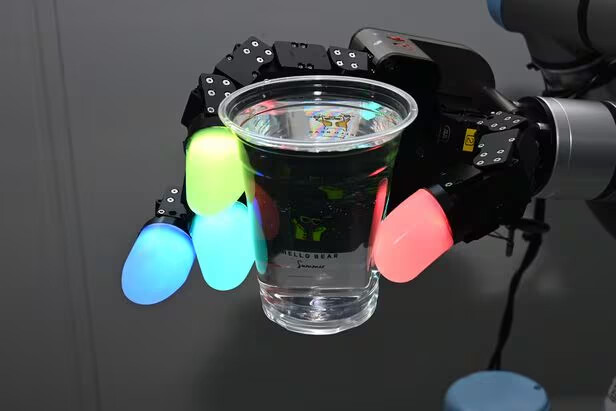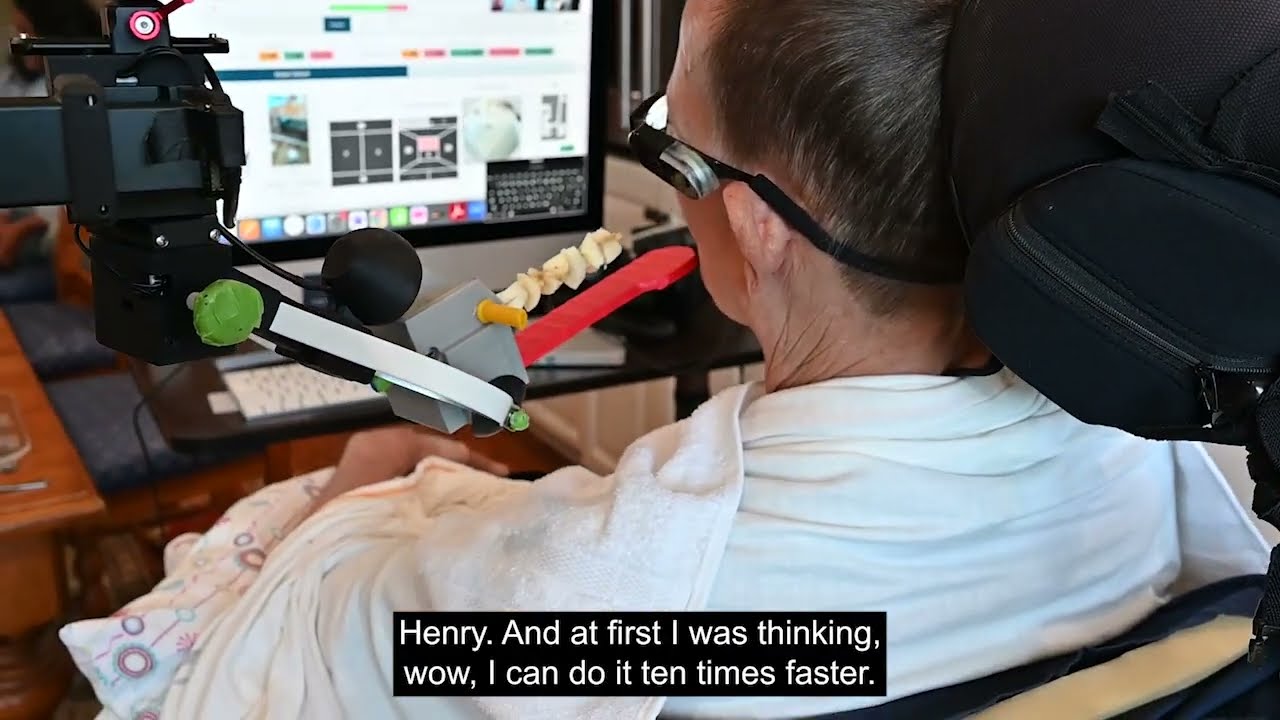
The Robotics Roundup is a weekly newspost going over some of the most exciting developments in robotics over the past week.
In today’s edition we have:
- Engineering household robots to have a little common sense
- The Mythical Non-Roboticist
- Boston Dynamics Unleashes New Spot Variant for Research
- Giving Jane a Rose
- South Korean researchers develop robotic fingers with pressure sensitivity
BONUS: Why don’t we have better robots yet?
Engineering household robots to have a little common sense
MIT engineers have developed a technique allowing robots to self-correct their actions and continue tasks without restarting, even when faced with unexpected obstacles. This method links robot motion data with the common sense knowledge of large language models (LLMs). The approach permits a robot to divide complex tasks into subtasks and adjust its actions within these subtasks in response to disruptions, without needing to restart its task or be explicitly re-programmed. This autonomous self-correction will reduce the need for human intervention and make domestic robots more efficient and adaptable. The method was successfully tested on a robotic arm performing a marble-scooping task, showing the robot’s ability to self-correct and complete tasks despite being pushed off its course.
The Mythical Non-Roboticist

The article critiques the idea of the “Mythical Non-Roboticist”, which is based on the assumption that programming robots can be made accessible to everyone through simplified APIs. While the author acknowledges that the complexity of programming robots is a real issue, he stresses that there are two types of complexity: intrinsic, which is inherent to the problem, and incidental, which stems from unnecessary complications. The article argues against designing APIs for a vague, undefined group of “non-roboticists”, and criticizes the tendency to oversimplify APIs, which often results in overlooking necessary features. Instead, the author advocates for creating APIs for specific users, which should be powerful but free of unnecessary complexities. The article concludes by emphasizing the importance of designing APIs that provide flexibility, good defaults, and the capacity to handle complex tasks.
Boston Dynamics Unleashes New Spot Variant for Research
Boston Dynamics has announced a new version of its Spot robot that offers joint-level control via a low-level application programming interface (API). This addition, part of the Spot RL Researcher Kit, allows users to fully control the robot’s movements, opening up new opportunities for the robotics community to explore its capabilities. The kit, created in collaboration with Boston Dynamics, Nvidia, and the AI Institute, includes an Nvidia Jetson AGX Orin payload and a simulation environment for Spot based on Nvidia Isaac Lab. Offering a research platform after creating a commercial product, Boston Dynamics aims to encourage researchers to explore the limits of Spot’s abilities. The Spot RL Researcher Kit will be officially released later this year, but Boston Dynamics has started a slow rollout via an early adopter beta program.
Giving Jane a Rose
Henry Evans, a mute quadriplegic, has been able to use the Stretch robot by Hello Robot to perform activities such as eating and scratching his head, as well as interacting with his granddaughter, thanks to a week of testing and tweaking by Evans, his wife Jane, and a team of researchers. The additional independence provided by the robot, which Evans controls via screen or a “headworn assistive teleoperation” (HAT) device, has reduced the number of tasks requiring assistance from others. The article also discusses the progress in humanoid robots, specifically referencing an impressive demo video from the startup Figure, which is backed by OpenAI, Microsoft, Amazon, Nvidia, Intel, and others. The robot in the video demonstrates advanced “multimodal” processing, understanding what a human wants without direct instruction, responding appropriately, and explaining its actions sensibly at a near-human pace. The author anticipates continued discussions on ethical treatment and societal adaptation as robots take on more complex, human-like capabilities.
South Korean researchers develop robotic fingers with pressure sensitivity

South Korean researchers at the Electronics and Telecommunications Research Institute (ETRI) and Wonik Robotics have created a robotic finger capable of sensing the pressure of objects it grips in real time, similar to a human finger. This development is expected to enhance safety in sectors like manufacturing and services, where robots are increasingly used. The technology uses changes in air pressure to precisely detect pressure differentials from every direction, addressing signal distortion issues common in traditional robotic fingers. In terms of durability, the sensor is protected from direct pressure points, a frequent failure point in existing tactile sensors. Further enhancements have been made using AI technology, with the robotic fingers evaluating the hardness of objects they hold in real time. Future developments will focus on allowing the robotic finger to detect temperature, humidity, light, and ultrasound, aiming to construct a full hand that can replicate human touch.

